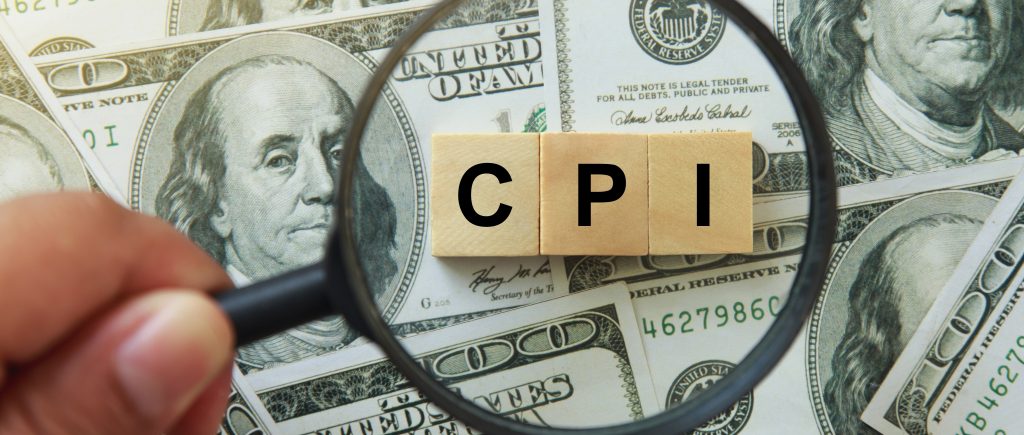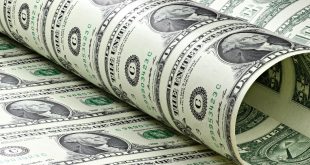
Looming CPI: A Brief Glimpse into Inflation Amid the Government Shutdown
After weeks of silence on key economic data, Americans will get a rare peek into the state of inflation this Friday, as the federal government releases the September Consumer Price Index (CPI). The government shutdown has created an unusual blackout of critical economic reports, leaving policymakers, businesses, and households navigating uncertainty. The upcoming CPI release provides a temporary reprieve, offering insight into how prices for everyday goods and services are trending.
This release is largely driven by statutory requirements, as the September CPI is essential for adjusting Social Security payments for the upcoming year. Once this report is issued, the usual silence on federal economic data will resume until the government reopens. Despite the delay and unusual circumstances, the data itself is expected to remain reliable and intact.
Analysts anticipate that the report will show prices rising faster than in recent months, with a monthly increase of roughly 0.4%. This could push the annual inflation rate above 3%, marking the fastest pace in more than a year. Factors contributing to this rise include higher costs for gasoline, food, and tariff-affected goods, alongside slower-than-expected easing in service-sector inflation, particularly in housing. The data underscores the persistent nature of inflation once it climbs above target levels, suggesting it may take time to return to pre-pandemic norms.
Food prices, which have been climbing steadily for years, remain a major pressure point for consumers. Between 2020 and 2024, food costs increased by nearly a quarter, and recent months have continued to show sharp rises in specific categories. Beef prices, impacted by shrinking herds and prolonged drought, remain high, while cocoa and coffee face additional upward pressure from climate-related supply constraints and tariffs. Seasonal bulk purchases, such as those for Halloween, are amplifying the immediate financial pinch for households.
Utilities, particularly electricity, are also adding to the strain on budgets, while services like airfare continue to show stubborn price increases. The result is a pronounced divergence in economic experience: higher-income households, benefiting from rising wages, stock market gains, and increased housing wealth, continue to thrive, while middle- and lower-income families face persistent cost pressures. This “K-shaped” economic recovery highlights growing inequality, as roughly 40% of the population experiences slow or stagnant financial progress amid rising everyday costs.
As the CPI data arrives, it offers only a fleeting glimpse of the broader economic picture during the shutdown. For many Americans, the report will confirm what daily life already reflects: prices continue to climb, relief remains uneven, and the economy’s path forward is shaped not only by policy decisions but also by the constraints of a government operating at partial capacity. In the coming months, attention will focus on how inflation trends evolve and how households adapt to ongoing financial pressures in this complex economic landscape.
 Noor Trends News, Technical Analysis, Educational Tools and Recommendations
Noor Trends News, Technical Analysis, Educational Tools and Recommendations




